Hi, there.
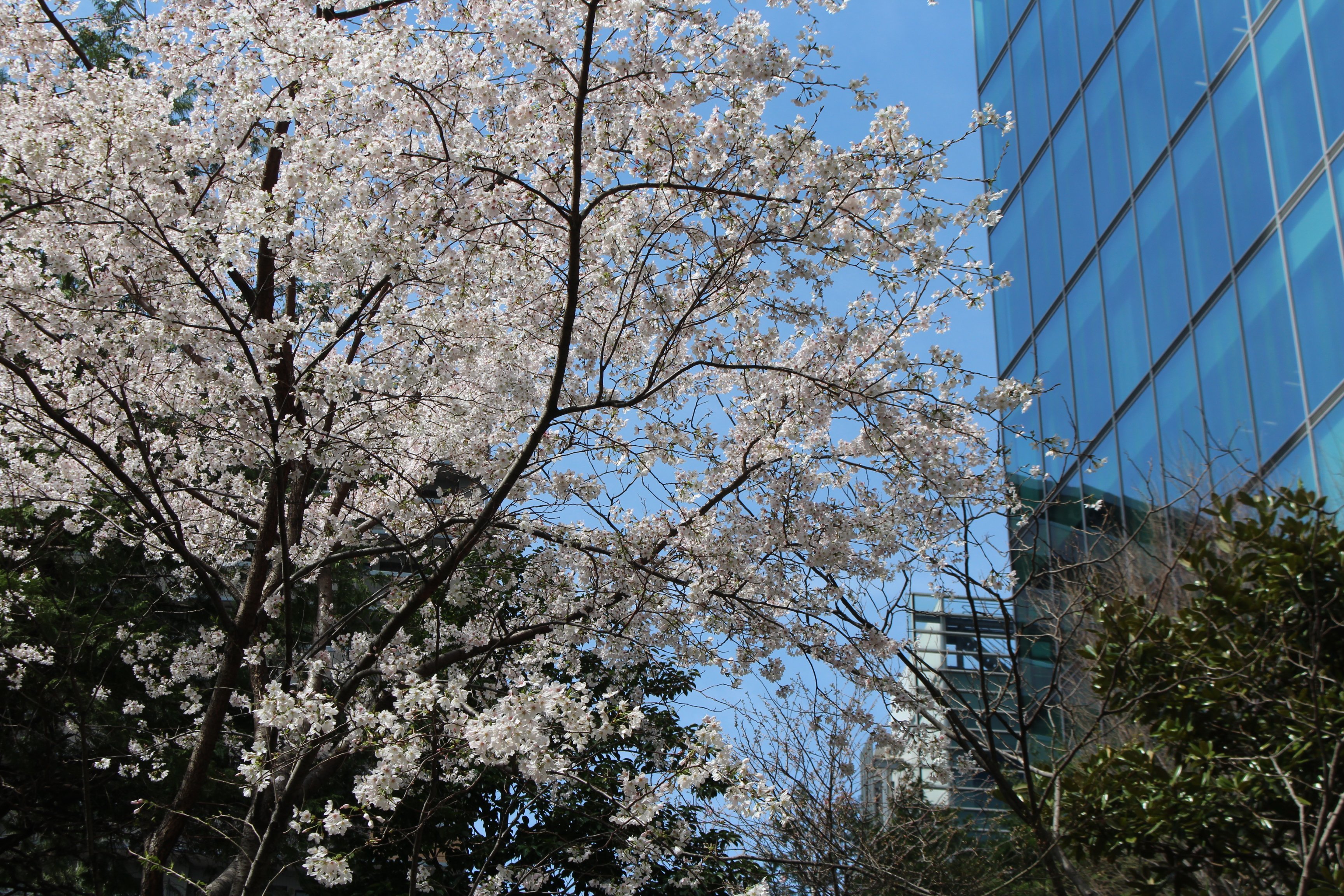
I went back to my hometown on errands and I was surprised to see many cherry blossoms in bloom in Tokyo. When I looked out the car window, I realized that cherry trees are planted in even small spaces. That explains how much Japanese people have an affinity for cherry blossoms. When I suddenly found a big cherry tree in full bloom in a residential area, I keenly felt it’s the best time of the year.
The Oldest Botanical Gardens in Japan
In Hiraki’s latest blog post ,the topic was the botanical garden, and I also visited a botanical garden. As it is the best time of the year to see cherry blossoms and flowers, I went to the Koishikawa Botanical Garden, Bunkyo ward in Tokyo. It is the oldest botanical garden in Japan, and it was the former Koishikawa Oyakuen, built by the Tokugawa shogunate 320 years ago, in 1684. In 1877, immediately after the University of Tokyo was established, it was attached to the university and has been opened to the public since then. It is designated as National Scenic Beauty and a nationally designated historic site.
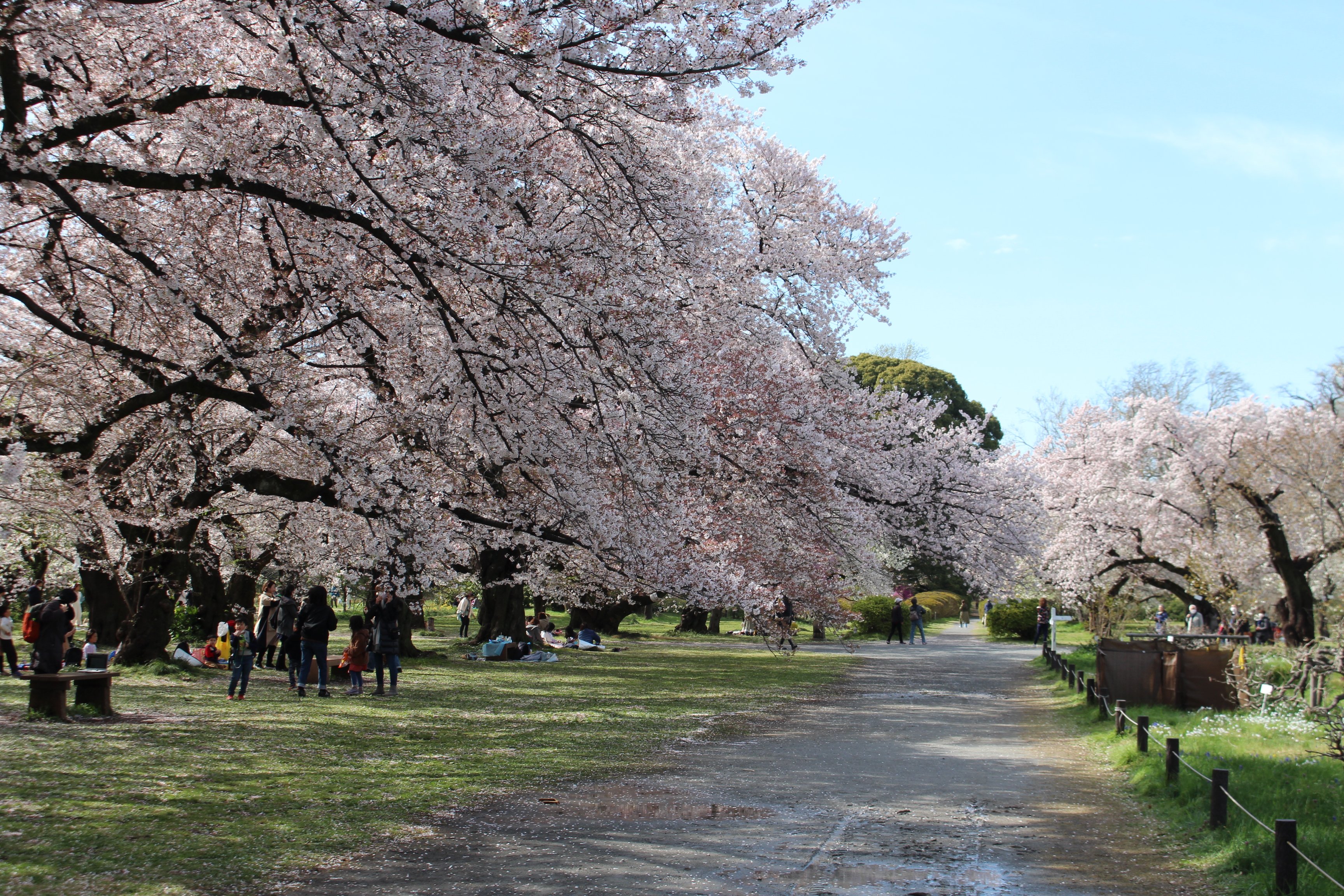

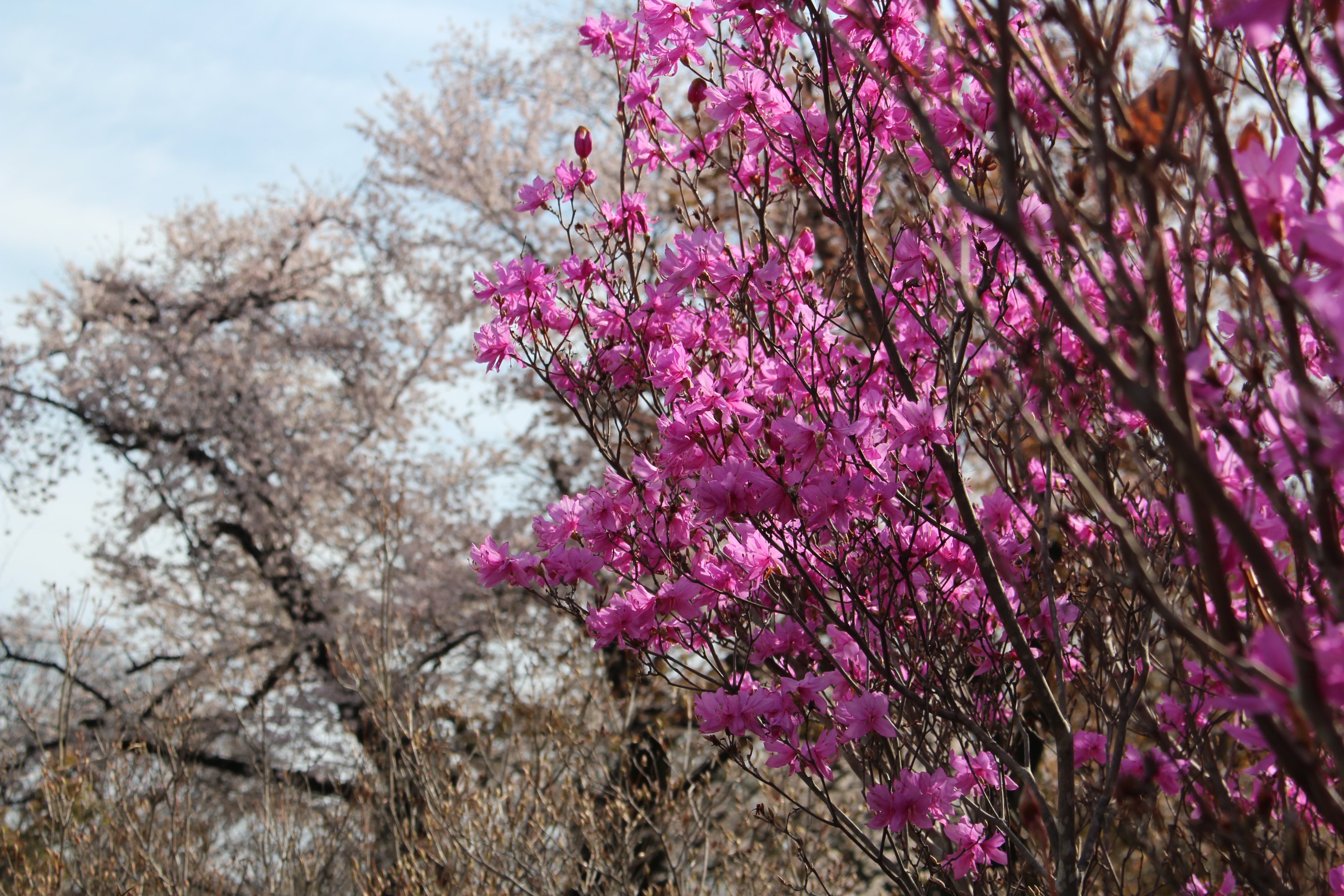
It was a clear blue sky and cherry blossoms were in full bloom. It was a bit chilly but the cherry blossoms rusting in the wind were so beautiful. There were so many large trees and many historic plants. It has been at the forefront of botanical research in Japan for a long time.
If you take a step off the path, you can enjoy nature that makes you forget that you are in the heart of the big city, as if you were in a forest. There were places where wild plants and wildflowers bunched together, I got to see many types of vegetation.
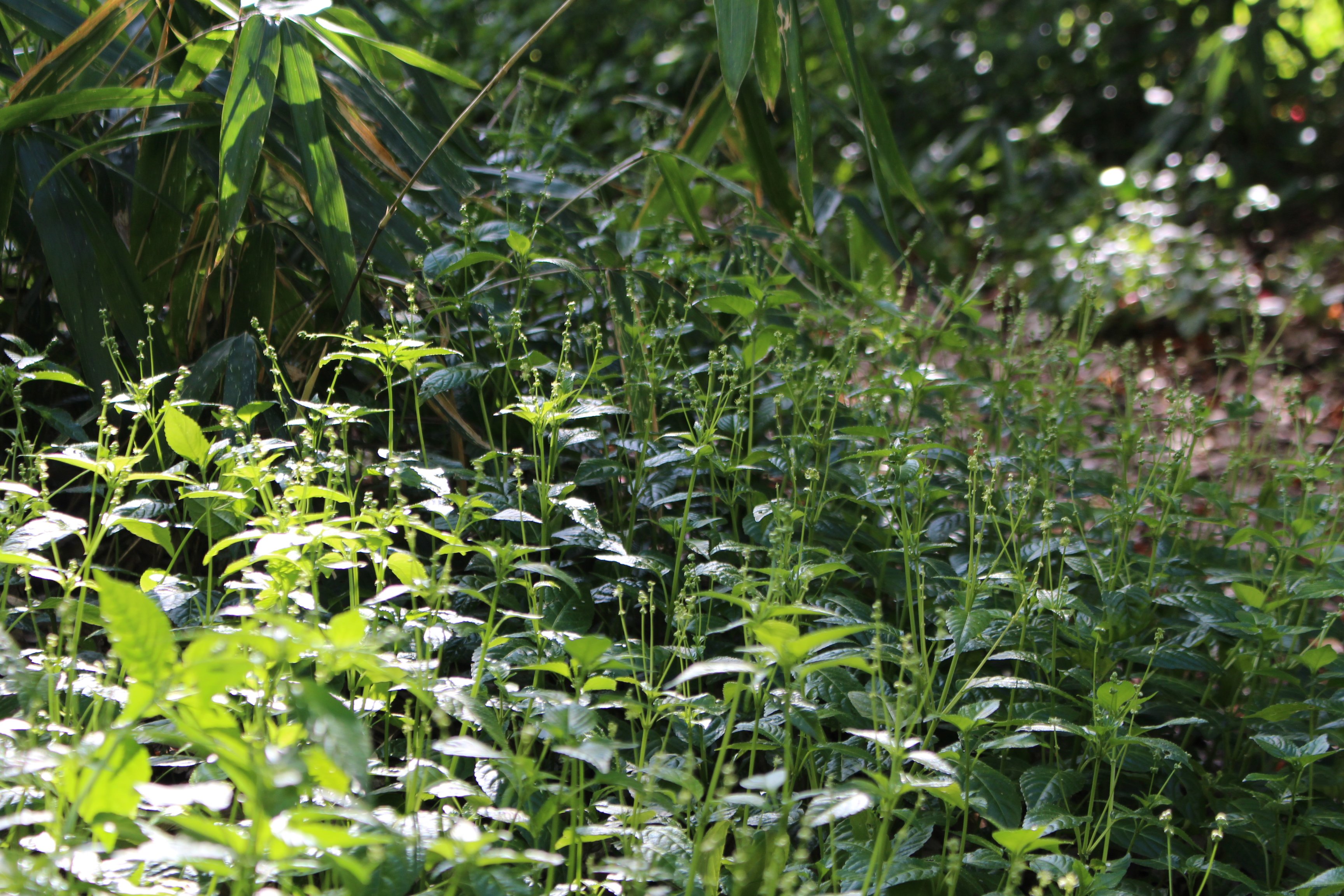
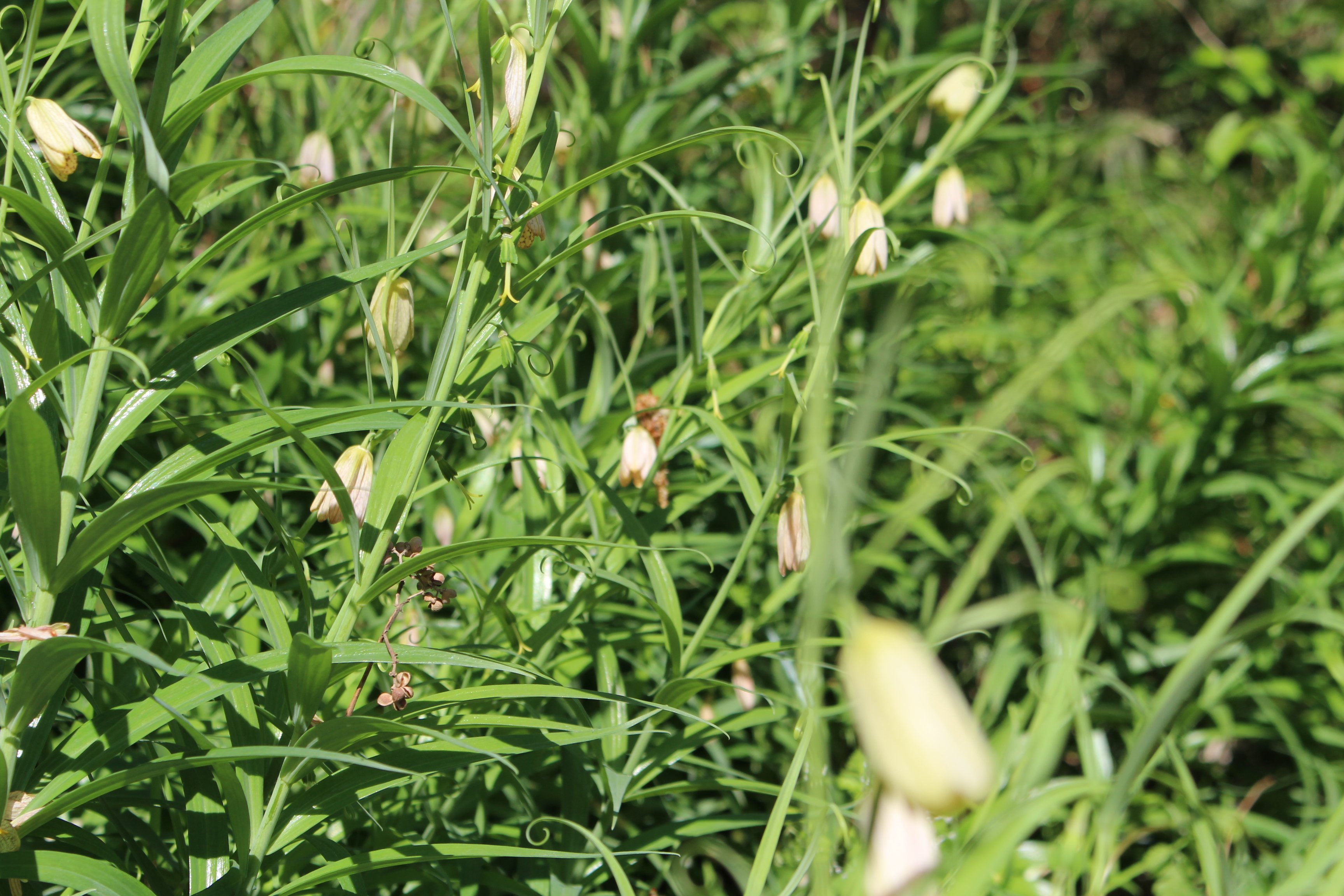
I also visited the Koishikawa Annex, the University Museum, the University of Tokyo (currently closed). It was built in 1876, was the main building of the former Tokyo Medical School, and is the oldest building at the University of Tokyo. The exterior is vermilion color and is the pseudo-Western-style architecture of the early Meiji Period. The architectural style is explained as follows:
“Although the building was transported and renovated several times, parts of the original design can still be seen in its mix of Western, Chinese, and Japanese styles. This blend of tradition and modernity is especially noticeable in aspects of the building such as its classical proportions, central tower and portico, Wagoya structure, restored entablature, Giboshi balustrade, air-conditioned core, and the modern detailing on the handrails on the staircase.”
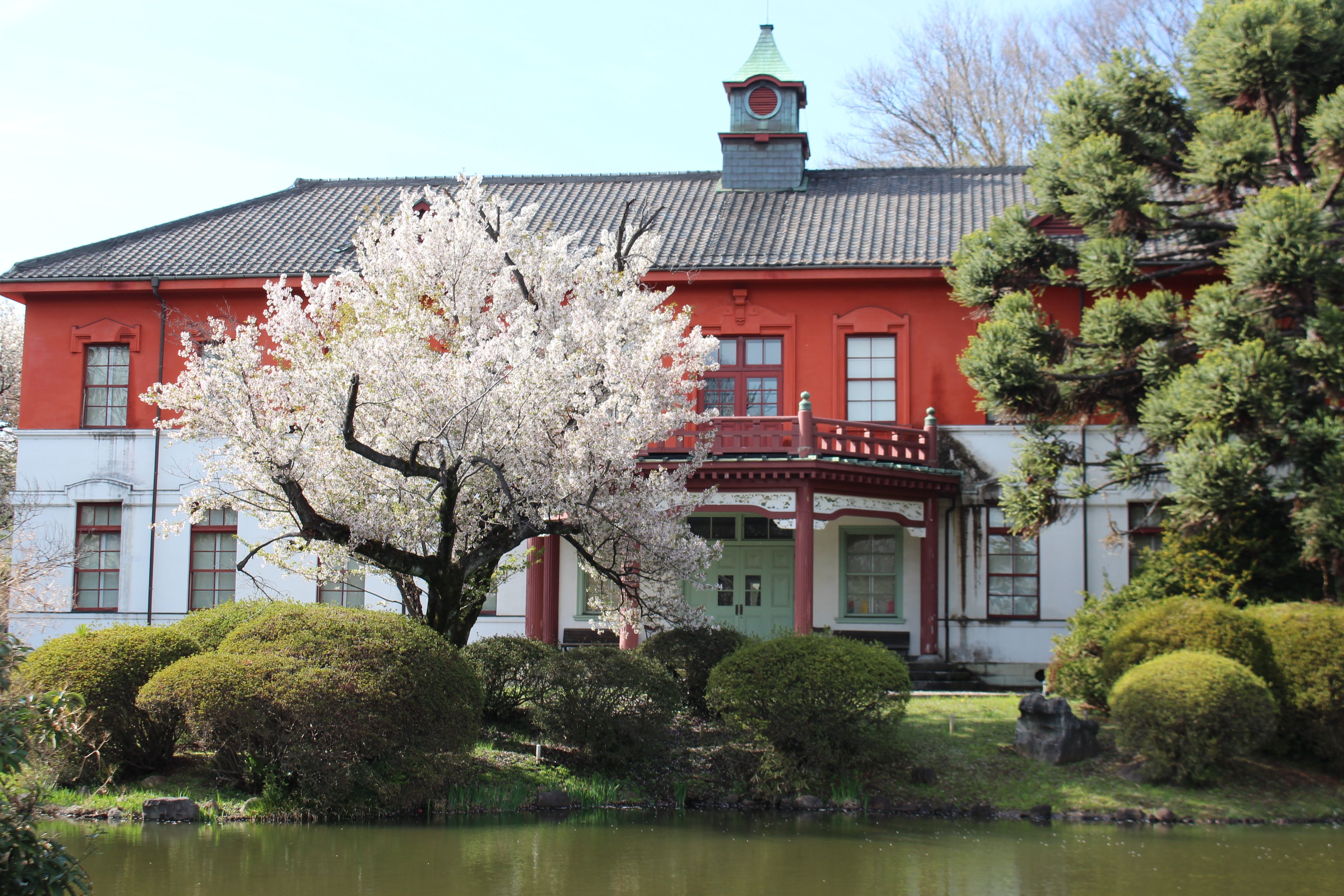
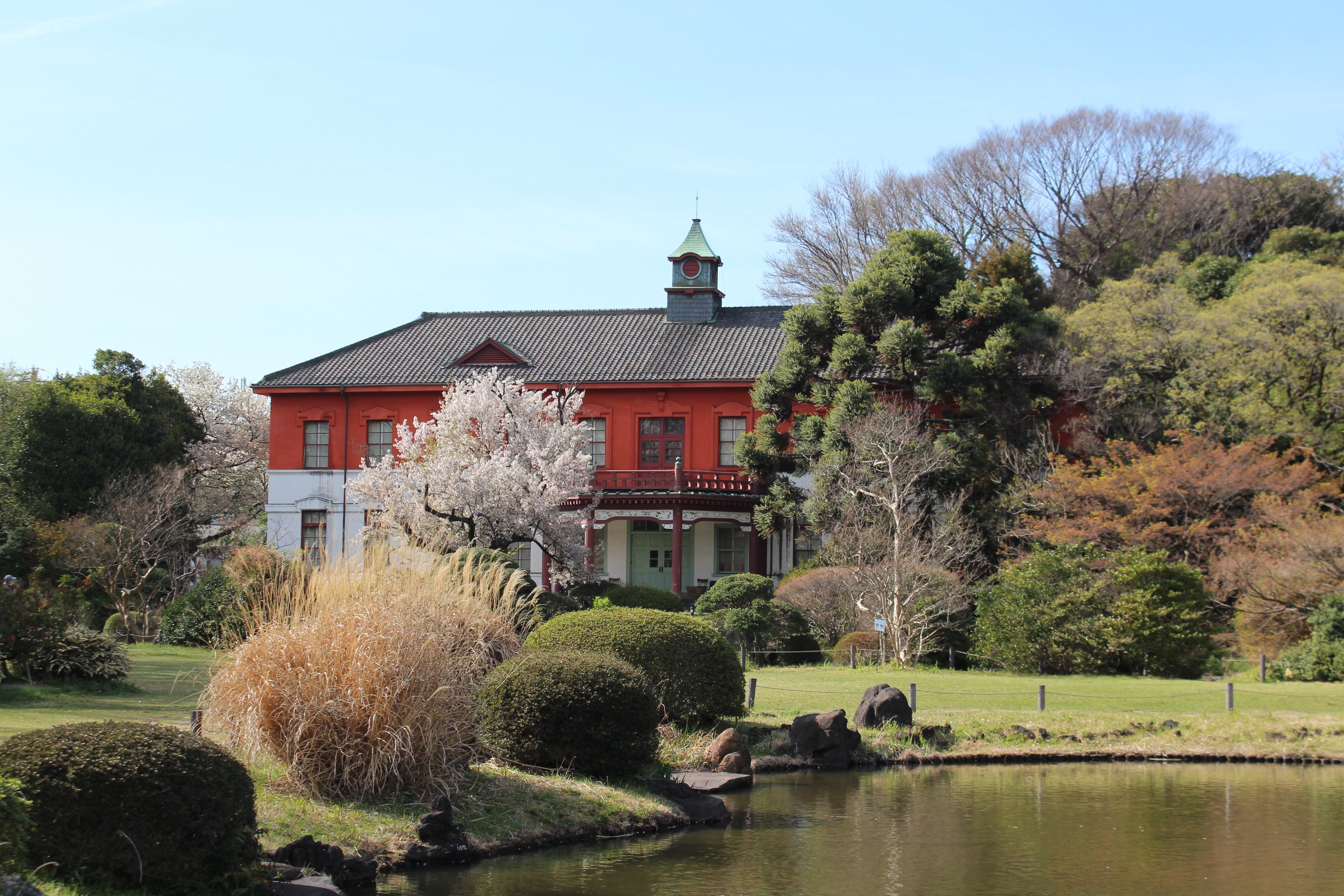
That majestic architectural building can be seen from the Japanese garden in the Koishikawa Botanical Garden. Together with cherry blossoms, it looks more beautiful. I’m deeply concerned that these historic buildings are becoming fewer and fewer every year, and that we will gradually lose a chance to experience monumental buildings and sites. The modern age that we live in is the sum result of history and research. I feel that the loss of the places where history has been made is the same as the loss of time.
I will keep visiting these places as much as with the hope that they will be cherished and protected by the next generation.
I recommended visiting them while taking a walk on a nice day.
There are some details that cannot be conveyed on our website. If you have any questions, please do not hesitate to contact us by phone, email or on line. A member of our team will be in touch to discuss your requirements and answer any questions you may have.
077-579-1128
info@oomiteien.com
LINE: @oomiteien